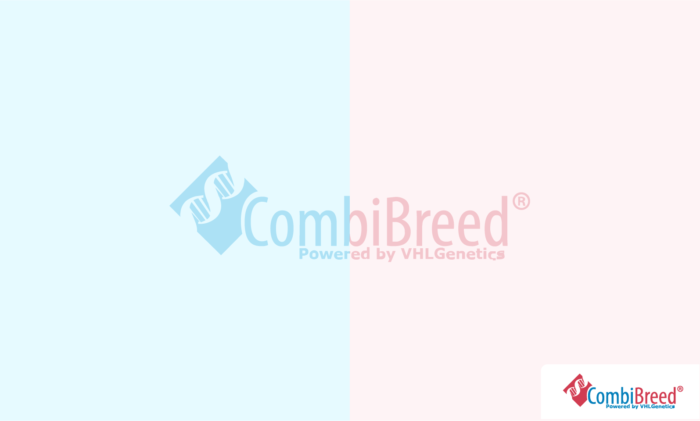
€57,48 €47,50 excl. VAT
Coat colour in cats is controlled by a wide range of different loci working together.
10 working days
From €5,95 shipping and administration per order (incl. VAT)
Specifications
| Breeds | |
|---|---|
| Gene | |
| Organ | |
| Specimen | Swab, Blood EDTA, Blood Heparin, Semen, Tissue |
| Mode of Inheritance | Autosomal Recessive |
| Chromosome | D4 |
| Year Published | 2005 |
General information
Coat colour in cats is controlled by a wide range of different loci working together. One of these is the B-locus. On this locus there are several mutations known to be involved in the dilution or modification of the coat colour. Two of these coat colours are Chocolate and Cinnamon. These are both known to be autosomal recessive and caused by a mutation in the TYRP1 gene.
The Chocolate colour in cats is a dilution of black and occurs when the cat has two copies of the mutated allele (b). It presents itself as a warm, brown coat color that is lighter than black but still solid and deep in tone. The Cinnamon colour is an even lighter dilution of the chocolate colour and is governed by the cinnamon allele (b’). It’s considered a further modification of the brown pigment that creates a soft, warm, reddish-brown coat.
Cinnamon is recessive to Chocolate, which means that a cat with one mutated allele of both variants (b/b’) will appear Chocolate. Both variants are tested here.
Clinical features
Cats with the chocolate colouration typically have a rich, warm brown coat, which is distinct from the deep black of a regular black cat. Chocolate cats often have a soft, lighter brown shade, but their coat is still quite solid. A cinnamon-coloured cat typically has a coat that is lighter than chocolate and has a slightly reddish and warm tone. It's more subtle and softer than the chocolate colouration.
These mutations primarily affect the pigmentation of the fur, though they can sometimes result in slightly lighter-colored eyes, especially in breeds where these colors are more common, like Burmese or Abyssinian cats.
Additional information
Coat colour is a complex trait that relies on the interaction of many different genes. Several different tests may be required to form the most accurate image of an animal's coat colour genetics.
References
Pubmed ID: 16104383
Omia ID: 1249